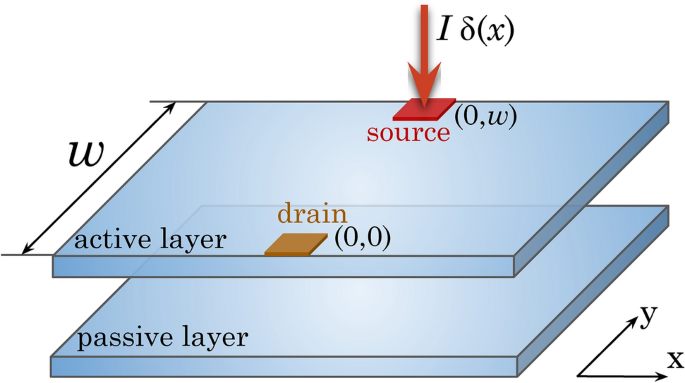
Researchers have made a groundbreaking discovery about the behavior of electrons in graphene, a revolutionary material that has captivated the scientific community. By studying the phenomenon of Coulomb drag, where electrons in one layer of graphene influence the movement of electrons in another layer, the researchers have shed light on the complex hydrodynamics of these charge carriers. Their findings have significant implications for understanding the unique properties of graphene and pave the way for advancements in various fields, from electronics to quantum technologies.
Exploring the Hydrodynamics of Graphene
Graphene, a single layer of carbon atoms arranged in a honeycomb structure, has long been celebrated for its exceptional electronic properties. Unlike traditional semiconductors, the charge carriers in graphene behave more like a viscous fluid, rather than individual particles. This hydrodynamic behavior of electrons in graphene has been the focus of intense research, as it offers the potential for novel electronic devices and a deeper understanding of the fundamental principles of quantum mechanics.

Unraveling the Mysteries of Coulomb Drag
In this groundbreaking study, the researchers delved into the intricate dance of electrons in a system consisting of two closely spaced, but electrically isolated, graphene layers. When an electric current is injected into one of the layers, known as the “active” layer, it can induce a voltage distribution in the other, “passive” layer, due to the transport’>electron transport in graphene and other two-dimensional materials. By unraveling the complex interplay between Coulomb drag and viscosity, the researchers have opened up new avenues for exploring the intriguing world of electron hydrodynamics.
Furthermore, this research paves the way for potential applications in various fields, from nanoelectronics to Click Here
